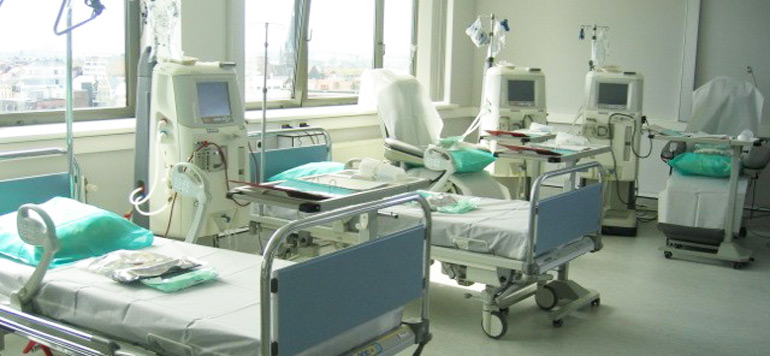
Emergency care is now front and center in Morocco’s sweeping healthcare overhaul. Speaking before the House of Councillors on Tuesday, Health and Social Protection Minister Amine Tahraoui emphasized the urgent need to modernize and streamline the country’s emergency services—calling them essential to the entire health system while also acknowledging the many obstacles that continue to hinder their performance.
One of the biggest problems, Tahraoui admitted, is the chronic overcrowding in public emergency departments. Much of this congestion, he explained, stems from the misuse of services: around 60% of patients seeking emergency care aren’t actually facing life-threatening conditions. This overload stretches resources thin, overwhelms medical teams, and ultimately reduces the quality of care for those who genuinely need urgent treatment.
In response, the ministry has launched a fast-tracked 10-week action plan aimed at stabilizing the situation. The measures include reorganizing emergency departments, standardizing medical protocols, ensuring continuous doctor presence, and improving signage across all healthcare facilities. Additional steps involve upgrading staff working conditions and revamping patient reception areas to create a more functional and humane environment.
But this is just the beginning. A deeper, long-term reform is already underway to transform emergency care into a highly professional, fully integrated branch of Morocco’s healthcare system. The plan includes bolstering emergency medicine training, offering incentives to attract more specialists to the field, and building out pre-hospital emergency networks similar to advanced ambulance services. The ultimate aim is to create a more responsive, better-equipped emergency system that forms a reliable first link in patient care.
Tahraoui also faced questions about rural healthcare—a long-standing challenge in Morocco. In response, he outlined the ministry’s efforts since 2021 to close the gap between urban and rural access. Several new healthcare facilities have already been established in remote areas. For instance, local hospitals in Midar, Talsint, and Ahfir are now serving over 170,000 residents, while a new provincial hospital in Tinghir is expected to benefit more than 300,000 people once operational.
These developments are part of a broader plan to modernize 1,400 community health centers by the end of 2025. Each center will be built to a standardized design, featuring up-to-date medical equipment, improved reception areas, and integration into the national digital health network—ensuring more efficient coordination and follow-up care.
Looking ahead, the ministry is planning 66 new hospital projects between 2022 and 2027, which will add over 7,000 new hospital beds nationwide. At the same time, several new university hospital centers are under construction in different regions, bringing specialized care closer to underserved populations and reducing the burden on large urban hospitals.